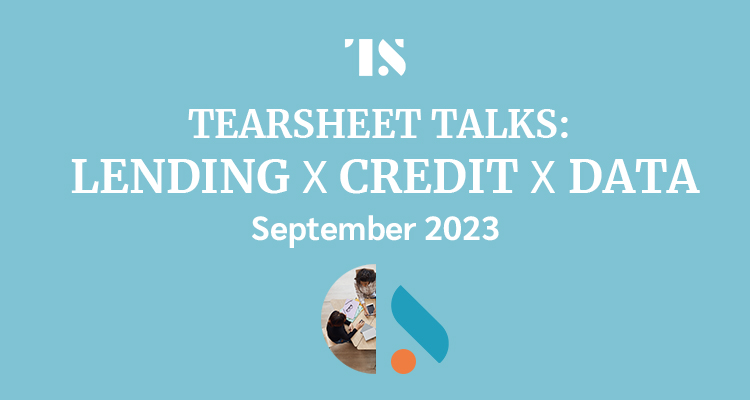The evolution of mortgage lending in communities of color from the perspective of a BIPOC female in the business: TD Bank’s Lena Vann
- In exploring the evolution of mortgage lending to communities of color", TD Bank's Lena Vann delves into historical mortgage policies and ongoing homeownership challenges.
- She also describes how financial services can help to clear misconceptions about financing a home to help more BIPOC folks into homes and building wealth.

As part of our Tearsheet Talks: Lending x Credit x Data, this fireside chat focuses on the evolution of lending to communities of color since the inception of mortgages to present day, from the unique and personal perspective of someone who grew up in a disenfranchised, urban community and later joined the industry.
Lena Vann, Head of Real Estate Secured Lending (RESL) Product & Risk Management at TD Bank, highlights the progress made, today’s economic challenges, and how they impact the attainability of homeownership for minorities. She also provides an outlook on what can make the mortgage process more inclusive while balancing risk appetite, regulatory requirements, and other lender considerations.
Lena is a seasoned leader with expertise in mortgage and home equity product management, operational risk management, enterprise and credit risk management. As SVP of Real Estate Secured Lending (RESL) Product & Risk Management for TD Bank, she is responsible for the end-to-end product lifecycle, portfolio strategy, and first line credit management oversight of all mortgage and home equity lending activities.
The big ideas
- Historical Impact of Mortgage Policies:
- Policies during the Great Depression and redlining practices segregated housing, hindering communities of color’s homeownership.
- Equity and Wealth Gap:
- Homeownership’s role in building equity and generational wealth was highlighted, along with the wealth gap created by past discriminatory policies.
- Homeownership Challenges:
- Two major obstacles were down payments and credit score misconceptions, with Lena noting more flexible options available.
- Inclusivity:
- Diversifying the mortgage industry’s workforce to better serve communities was emphasized, along with creating more inclusive mortgage products.
- Financial Education:
- Providing resources and outreach for financial education to prepare individuals for homeownership was stressed.
- Collaborative Efforts:
- Collaboration among stakeholders, including government, lenders, nonprofits, and housing advocates, was seen as vital to address barriers to homeownership.
- Importance of Homeownership:
- Homeownership’s transformative potential as an investment, source of income, and generational wealth builder was emphasized, along with Lena’s passion for helping people through this journey.
Watch the session
<iframe width=”560″ height=”315″ src=”https://www.youtube.com/embed/RNjpFJm_MDk?si=aSg90DVOy5KxXSr-” title=”YouTube video player” frameborder=”0″ allow=”accelerometer; autoplay; clipboard-write; encrypted-media; gyroscope; picture-in-picture; web-share” allowfullscreen></iframe>







